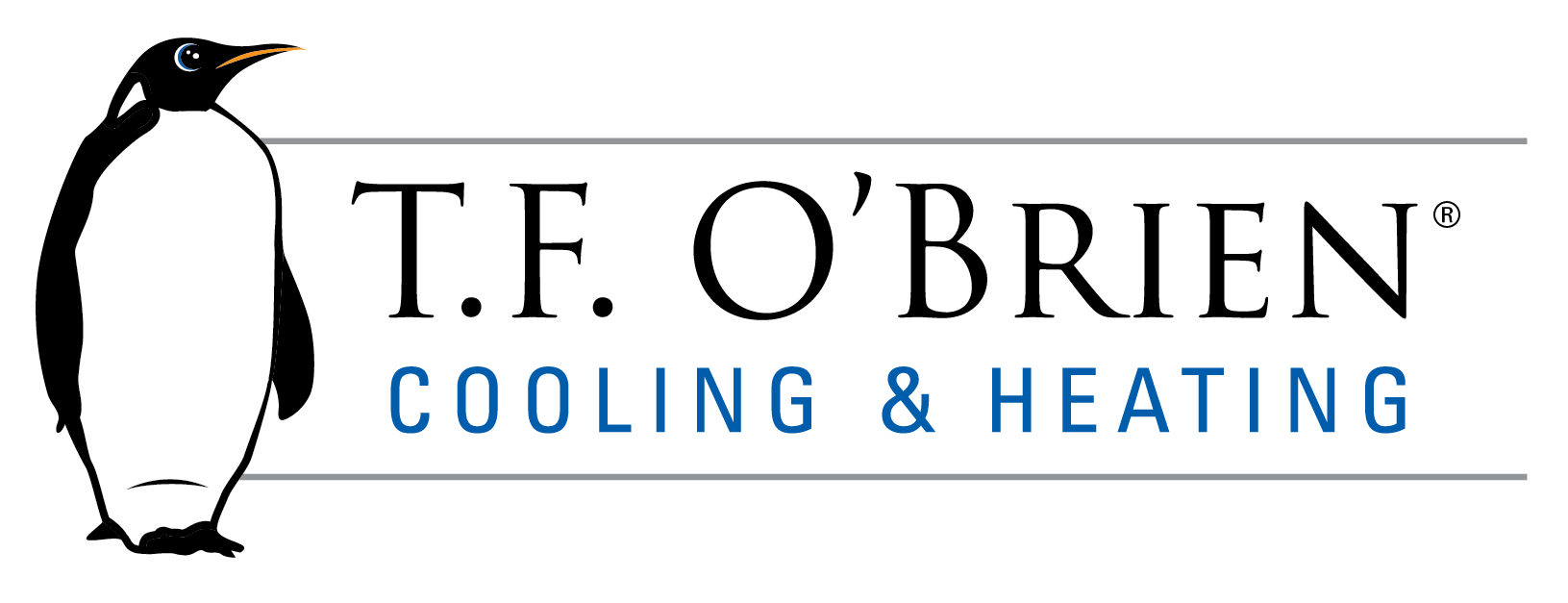Homeowners often face the decision of whether to repair or replace their furnace. Before making this important decision, answer the following questions:
- Is your system in overall good condition? If so, it might be more cost- effective to repair it.
- How long are you planning to live in your home? If you are moving within a couple of years, evaluate whether a new system will increase the value of your home. If the cost outweighs the investment value, consider repair. If you are planning on living in your home for many more years, consider the benefits of a more energy efficient system.
- Have you addressed insulation and duct work? Proper insulation and seals can save up to 20 percent on your energy costs.
- Are you using a programmable thermostat? A programmable thermostat can save up to 30 percent in energy costs.
- Have you performed the Home Energy Yardstick? Use this tool to score your home’s energy efficiency.
Consider repairing if:
- Your system is less than 15 years old.
- The repair is under $500.
- The overall condition of your system is good.
- Your energy bills are reasonable and not concerning.
- Your Home Energy Yardstick score is 5 or above.
Consider replacing if:
- Your system is over 15 years old.
- Your system needs frequent repairs.
- Your Home Energy Yardstick score is less than 5. If the energy savings of a more efficient unit will cover all or part of your investment, consider replacing it.
- Your utilities costs are constantly rising.
- You are concerned about air quality. Consider replacement with an energy-efficient system that can reduce the potential for air contaminants like mold, bacteria, and dust.
A general rule of thumb that can be helpful in deciding whether to repair or replace your furnace is to add up your energy costs for the past winter and multiply by 20 percent. Divide that number into the cost of buying and installing. This is an estimate of how many years it will take to recoup your investment.
Of course, you can also count on T.F. O’Brien for expert advice on repairing vs. replacing your furnace. We can walk you through the options and help you make an educated decision. Call us if we can help.
